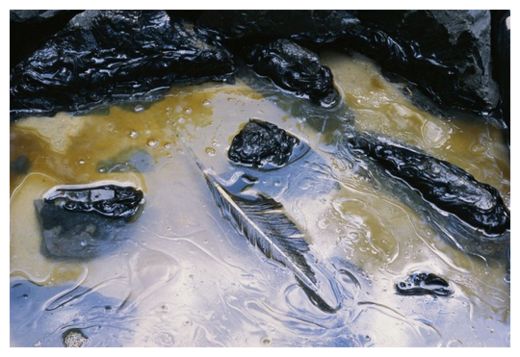
© Photos.com
A new report from the
National Research Council revealed that at least 126,000 sites across the U.S. have
contaminated groundwater that requires remediation.
Approximately 10 percent of those sites are considered "complex," which means that restoration efforts will likely be unsuccessful for 50 to 100 years due to technical limitations. The estimated cleanup cost ranges from $110 billion to $127 billion, however, the report states that both the number of sites and the cost are likely underestimated.
Over the last 30 years, several national and state groundwater cleanup programs have been developed with the aim to mitigate the human health and ecological risks posed by underground contamination. Included in these programs are the cleanup at Superfund sites; facilities that treat, store, and dispose of hazardous wastes; leaking underground storage tanks; and military installations. In order to clean up past industrial operations, the
Department of Defense has already spent an approximate $30 billion in hazardous waste remediation. Although DOD sites only represent 3.4 percent of the total sites, many of these sites present the greatest technical challenges to restoration and come with a very high price tag. This realization prompted the DOD to create the report detailing the future of groundwater restoration efforts and the challenges faced.
"The complete removal of contaminants from groundwater at possibly thousands of complex sites in the U.S. is unlikely, and no technology innovations appear in the near time horizon that could overcome the challenges of restoring contaminated groundwater to drinking water standards,"
said Michael Kavanaugh, chair of the NRC committee and a principal with
Geosyntec Consultants, Inc. "At many of these complex sites, a point of diminishing returns will often occur as contaminants in groundwater remain stalled at levels above drinking water standards despite continued active remedial efforts. We are recommending a formal evaluation be made at the appropriate time in the life cycle of a site to decide whether to transition the sites to active or passive long-term management."
The price tag of $126 billion does not account for technical barriers to complete cleanup efforts at complex sites or the cost of cleaning up future contaminated sites. A large portion of the costs will come from public sources because many of the complex sites are "orphan" sites. Many other sites are the responsibility of federal or state agencies.
One issue the report identified is that nomenclature, or naming, for the cleanup phases and cleanup progress are inconsistent between public and private sector organizations. This causes confusion for the public and other stakeholders about the concept of "site closure." Many sites thought of as "closed" and considered cleaned, for example, still have contamination and will require continued oversight and funding for quite a long time to come. This includes 50 percent of the sites evaluated by the committee that have been deleted from the Superfund list. The report suggests standardization of nomenclature to clearly and simply explain the different stages of cleanup to improve communication with the public.
"The central theme of this report is how the nation should deal with those sites where residual contamination will remain above levels needed to achieve restoration," Kavanaugh stated. "In the opinion of the committee, this finding needs to inform decision making at these complex sites, including a more comprehensive use of risk assessment methods, and support for a national research and development program that leads to innovative tools to ensure protectiveness where residual contamination persists. In all cases, the final end state of these sites has to be protective of human health and the environment consistent with the existing legal framework, but a more rapid transition will reduce life-cycle costs. Some residual contamination will persist at these sites and future national strategies need to account for this fact."
The committee suggested something called a "transition assessment" to reevaluate the future of cleanup efforts at sites which have reached the point where continuing expenditures would bring little or no reduction of risk prior to attaining drinking water standards. The report concludes that cost savings are to be anticipated from timelier implementation of this transition assessment process. However, funding will still be needed to maintain long-term management at these complex sites.
We (Muslims) are inviting you to stop oppression on the Muslims. Don't you see the condition of your country? You are under the grate dissatisfaction of Allah for tormenting the Muslims of the whole world. As a result, different kinds of chaos and confusion, unnatural deaths and severe economic recessions including natural disasters like flash floods, snowfalls, tornados, wild fires and earthquakes of unusual magnitude are occurring in your country. You shall have more and more troubles! No way out! We invite you, refrain yourself from all those, Do Tawbah (repent) and convert to Muslims! Still time is there.
Courtesy
Tahjib-Tamuddun Department
Rajarbag Shareef, Dhaka-1217
BANGLADESH
[Link][Link]